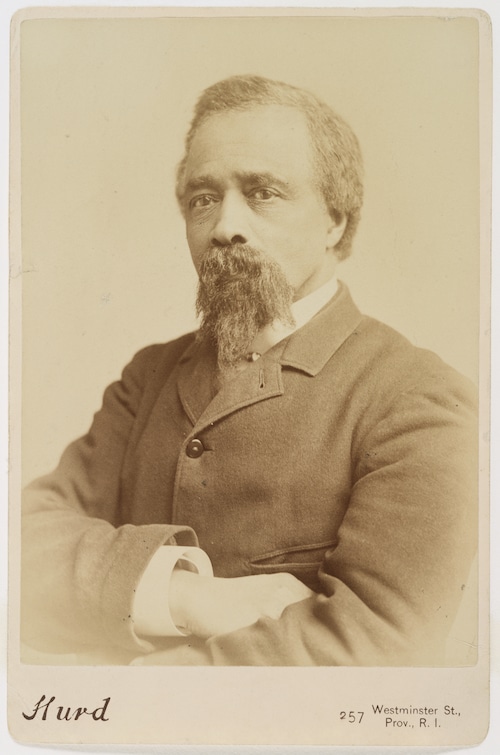For the longest time, the painting sought by an intrepid band of art sleuths hung on a wall in a private school in Springfield. The 19th-century landscape’s colors had likely dimmed and darkened with age, but there it was.
All but forgotten.
And now, lost.
The search for “Under the Oaks,” reported in brilliant detail recently by Jeanette DeForge of The Republican, is a story of how a love for art – and a wish to pay tribute to creative pioneers – can transcend time. If you missed it April 21, DeForge’s character-rich account remains a great read – and can be found at MassLive.
When a determined search for the painting got underway more than four decades ago, its creator, Edward M. Bannister, had been dead for years. Bannister’s own fame had fallen in his lifetime, with his works no longer fetching the prices they once commanded.
Art markets, and exhibition juries, can be cruel. But in 1876, Bannister’s painting took first place in the Philadelphia Centennial Exhibition, recognized by jurors who were not aware that he was Black. Historians point to this as the first time a work by a Black artist claimed a national award. That’s more than a footnote to the four Rhode Island men who have made it their personal mission to find “Under the Oaks.”

A portrait of Edward M. Bannister taken by Gustine L. Hurd. It is in the collection of the Smithsonian’s National Portrait Gallery.The National Portrait Gallery
One of them, Ray Rickman, has been looking for the painting for 40 years. Another, Edward Shein, has been at it even longer; he has helped art collectors acquire 100 works by Bannister – but not his masterpiece.
The searchers thought they were close when they tracked “Under the Oaks” to Springfield, but soon learned the building where it likely hung for half a century was hit by the 2011 tornado. As DeForge reported, they are offering a $10,000 reward for help tracking the painting down.
That’s a considerable sum. Bannister had sold the painting for $1,200 just before the Philadelphia centennial, an amount equivalent to over $35,000 today. At auction years later, in 1914, “Under the Oaks” sold for just $90 ($2,811 today).
The reason this band of art-lovers remains in pursuit has nothing to do with money. Today, the painting they consider Bannister’s masterwork has achieved a kind of immortality. Even though no one knows where it is.






